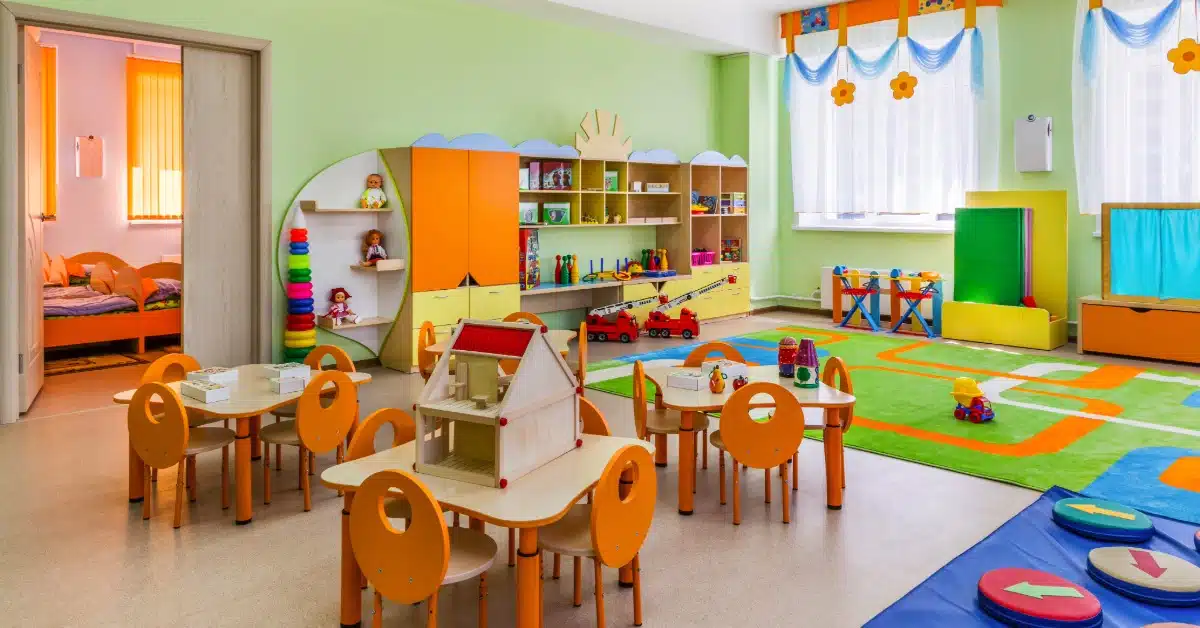Updated: 22nd September, 2025
Created: 9th September, 2025

Robert joined Barker in 2002 and is a Partner based in our Braintree office. A Fellow of the Royal Institution of Chartered Surveyors, he has over 20 years’ experience of all core building surveying services and provides strategic estates advice to key accounts in the education, commercial, ecclesiastical and public sectors.
An education specialist, he provides the following services: estates and energy strategy, asset management planning, project management and capital funding applications.
Robert works closely with clients to plan and implement energy efficiency and sustainability strategies to save money, reduce carbon emissions and meet ESG objectives.
As a RICS Certified Historic Buildings Professional he provides conservation consultancy for clients with listed and historic buildings.
Robert is an experienced APC Assessor and Chairman and is also an external examiner for Anglia Ruskin University
As a Partner Robert leads the Business Development and Marketing function at Barker, builds relationships with key sector bodies and helps steer the strategic growth of the company.
Email: rgould@barker-associates.co.uk
Tel: 01279 648057
The Department for Education (DfE) has announced Phase 2 of the School-Based Nursery (SBN) Capital Grant, following the success of Phase 1, which funded 300 nurseries.
Phase 2 will provide £45 million for a further 300 nurseries to open from September 2026. With a strong emphasis on supporting disadvantaged families and areas of high need, the programme represents both an opportunity and a challenge for schools and trusts.
At Barker, we supported our clients with their applications in Phase 1 and achieved an incredible success rate.
You can see one of our success stories here.
We’ve set out answers to the most frequently asked questions to guide you through the process.
Phase 2 aims to expand the number of school-based nurseries, helping disadvantaged families access early years provision and supporting the government’s wider childcare entitlement expansion.
Eligible schools can apply for up to £150,000 of capital funding. Projects may combine this with other funding sources to increase value for money.
Eligible organisations are: State-funded primary schools with a reception class. Maintained nursery schools (expansion only).
Not eligible are: Schools funded in Phase 1, special schools and Pupil Referral Units (PRUs).
Voluntary Aided schools are eligible for up to 100% of costs.
The template application form confirms that schools must demonstrate:
Failure on any one of these criteria results in automatic disqualification
The surplus space requirement has been removed – new builds/extensions are now eligible.
Assessment is weighted towards disadvantage – 50% of the total scoring.
Mandatory Local Authority approval form – applications cannot be submitted without this.
Academies – must evidence consultation (minimum 3 weeks) for significant change.
Maintained schools – no longer need the statutory process for changing age range.
Educational approach and management – now assessed on a pass/fail basis rather than scored.

Scoring criteria for Phase 2:
Applicants must also pass the assessment on:
Applications must include:
The DfE will assess:
1. Confirm eligibility against the template form
2. Engage Local Authorities early to secure approval forms
3. Begin academy consultations (where required) immediately
4. Prepare technical documentation – plans, cost breakdowns, risk assessments
5. Gather evidence of demand – parent surveys, waiting lists, sufficiency analyses
6. Test financial sustainability with governors or trust boards
7. Register interest if not ready to apply, to remain in scope for Phase 3
Phase 2 offers more flexibility than Phase 1 but is more competitive and tightly governed. Success will depend on early preparation, robust evidence of disadvantage and need, and comprehensive technical and financial planning.
Barker can provide expert support across estate planning, bid development, cost assurance, and stakeholder engagement to maximise your chances of securing funding.
Not sure if your school is eligible?
Speak to our education funding specialists for tailored advice on your project.
Our experience and vision have shaped hundreds of projects across sectors, from energy and funding to architecture and design, helping bring ideas to life.
